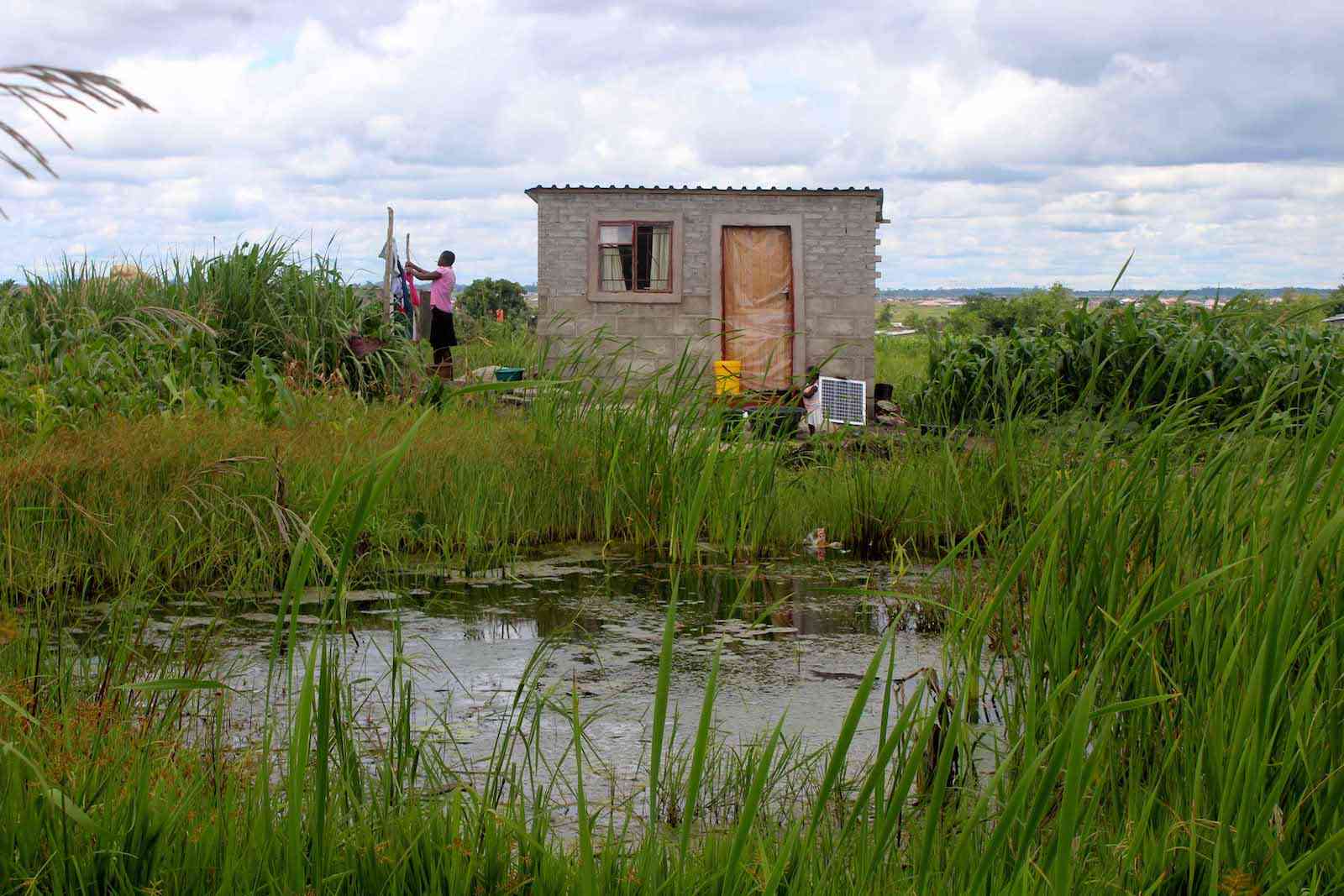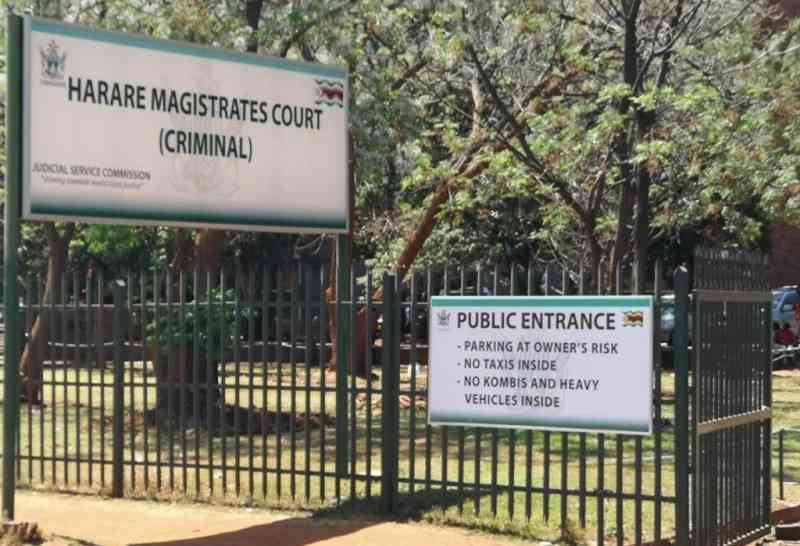
The Network for Environmental and Climate Justice (NECJ) has called on the City of Harare to swiftly update the capital’s masterplan –drafted in 1993, which the lobbyists say “makes little reference to wetlands and their invaluable services” in what has led to the current wanton destruction of the delicate environment features.
A wetland is an area saturated with water, either permanently or seasonally, such that it takes on the characteristics of a distinct ecosystem.
Wetlands, which include mangroves, peatlands, and marshes, among other water bodies, play a pivotal role in the water cycle as they recharge underground water by allowing it to sink into the soil, reducing high runoff which is a major cause of flooding.
“In Zimbabwe’s capital, Harare, wetlands are the major source of water after run-off but they continue to be lost due to several activities that include unsustainable agricultural practices, sand mining, poor enforcement of the law, illegal construction activities and pollution,” NECJ wrote in a statement to mark World Wetlands Day on Friday.
Themed “Wetlands and Human Wellbeing” this year’s global commemorations come at a time when statistics reveal that 64 percent of the world’s wetlands have been lost since 1900.
Official data shows that approximately 50% of the 1 117 wetlands countrywide were lost between 1980 and 2020.
“Wetlands degradation has been rampant in Harare and this is coming on the backdrop of erratic water supplies, a situation that could be addressed through preservation and restoration of wetlands which are Harare’s second source of water after run-off.
“It is worth noting that land use planning in Harare has largely failed to integrate the issue of wetland ecosystems and this has come with heavy costs for the city,” said the lobby group.
- Byo armed robber in court
- Woman jailed 12 years for indecent assault
- Magistrate jailed 3 years for abuse of office
- Zim’s poor batting hands India series
Keep Reading
According to NECJ, an updated masterplan –an overall land use planning document, which constitutes policies and strategies regarding how land should be used and how developments should occur– could play a pivotal role in wetlands preservation and environmental sustainability.
“At a time, the city is using an outdated master plan, the demand for land for construction or housing purposes is continuously increasing in Harare and consequently, these projects are being undertaken at the detriment of wetland ecosystems.
“Proper land use planning in Harare should incorporate the need to protect wetlands in line with the vision of sustainable development of the capital,” said NECJ, adding:
“Development and implementation of Local Environmental Action Plans (LEAPs) as stipulated by the Environmental Management Act is also critical for the protection of wetlands.”
In Zimbabwe, a signatory to the 1971 Ramsar Convention on the prevention of loss and degradation of wetlands, wetlands are protected under the Environmental Management Act (Cap 20;27), Statutory Instrument 7 of 2007 on Environmental Management (Environmental Impact Assessment and Ecosystems Protection) Regulations and the Government Gazette 380 of 2013.











